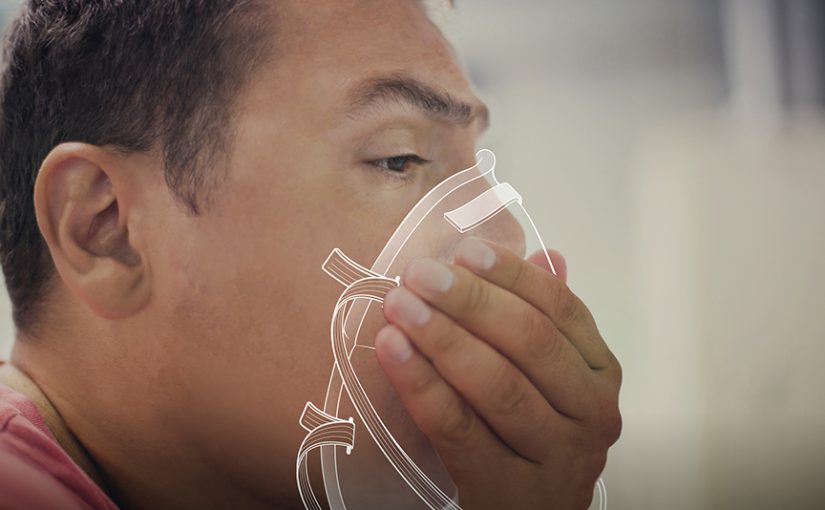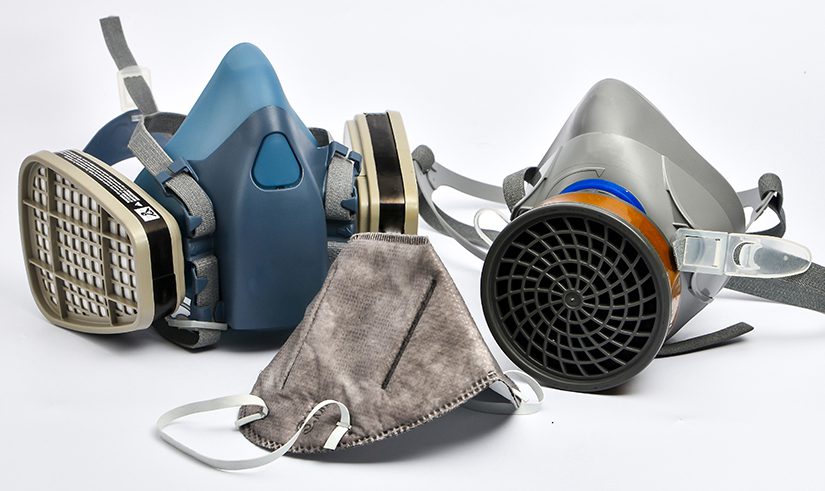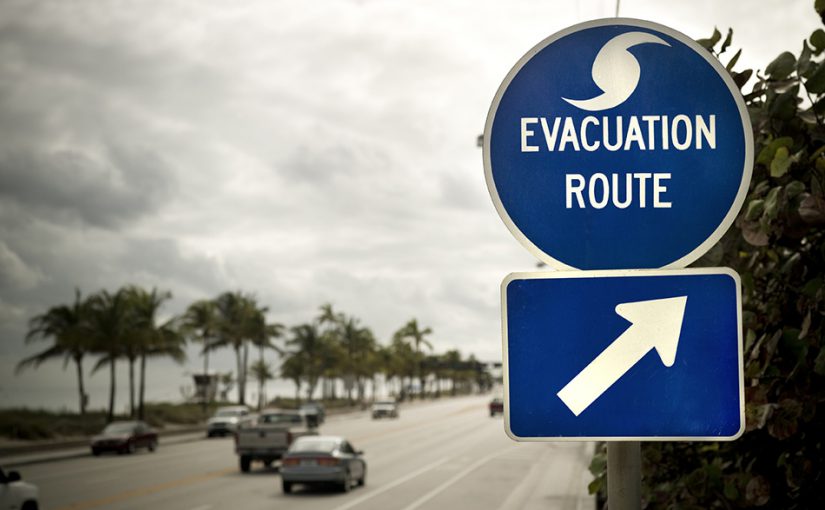Category: response
Pet Project: 5 Ways to Prep Your Pet for Emergencies

Your pet is family. Their safety and well-being is a priority for you every day, but have you thought about what you would do with your pet in an emergency? Many people don’t think about being prepared until an emergency is at their doorstep. When disaster strikes, they may choose to ignore evacuation orders because Read More >
Posted on by 6 CommentsBreathe Easy, Part 2: How to Properly Use a Respirator in an Emergency

In the course of preparing for an emergency you might decide to buy a pack of respirators from your local hardware store, thinking that they are ready to use out of the box. However, before you can rely on one of these devices to protect you, there are some important selection and use criteria to Read More >
Posted on by 5 CommentsBreathe Easy, Part 1: How to Pick the Right Respirator for Your Emergency Kit

There are many things to consider in the process of preparing your health and safety for a public health emergency. Memories of emergencies, like last summer’s wildfires and the 2009 H1N1 influenza pandemic, remind us of the threat they can pose to respiratory health, and of the equal importance of an item that gets left Read More >
Posted on by 4 CommentsPrepare Your Health for Hurricane Season

Andrea. Dorian. Humberto. In all, the World Meteorological Organization (WMO), of which the National Oceanic and Atmospheric Administration (NOAA) is a member, has a list of 21 names that they will use this year to identify hurricanes during the Atlantic hurricane season. What’s in a name? A major hurricane by any name is hazardous to Read More >
Posted on by 1 Comment10 Years Later: The Lasting Impacts of the H1N1 Flu Pandemic Response

As coincidence would have it, Dr. Stephen Redd was wrapping up an influenza (flu) pandemic planning meeting on April 15, 2009, when someone on the phone reported that a new (or novel) influenza A virus had infected a 10-year-old boy in California. Things moved fast after that. The Response Two days after CDC confirmed the Read More >
Posted on by 16 CommentsKeeping Work with Select Agents Safe, Secure

Although potentially dangerous, work with select agents and toxins provides important scientific discoveries that have led to improved detection, prevention, diagnostic, and treatment options for diseases. Select agents and toxins are also considered to be some of the most threatening to the health and safety of people, plants and animals. While there is always some Read More >
Posted on by 2 Comments